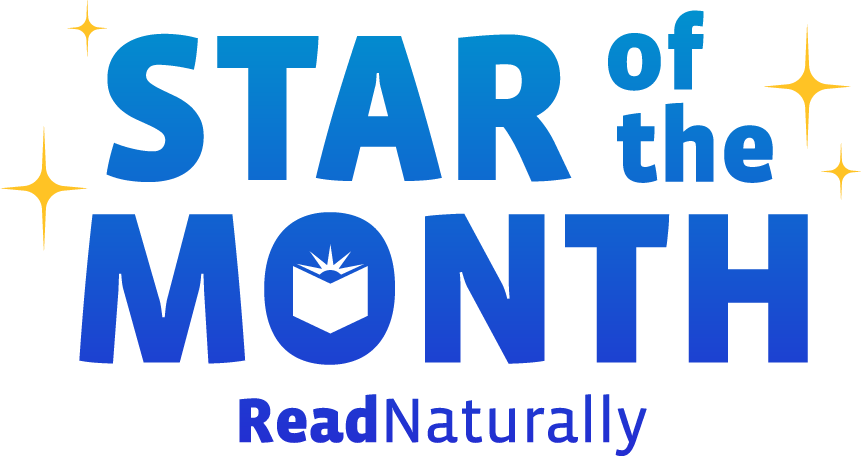I’ve long believed that when students work in Read Naturally Live or Read Naturally Encore, we should address their phonics needs as well as improve their reading fluency. Actually, improving phonics skills is foundational to increasing fluency.
Read more Read Naturally programs are inherently motivating. Students know how well they are performing based on their goals and progress monitoring graphs. The desire to see these goals and graphs improve is enough to motivate most students to put forth their best effort. Still, a little external recognition doesn’t hurt.
Read more Snow is still falling in much of the country, but that doesn’t change the fact that spring conferences are just around the corner. Parents (or guardians) of Read Naturally students will be eager to hear about their child’s progress in reading. This is a great opportunity for you to highlight the student’s successes and address challenges—and to emphasize the ways in which parents can support their child at home. Read Naturally offers a variety of resources developed specifically for parents.
Read more We’re always happy when teachers approach us with questions about the Cold Timing step. Teachers are highly concerned with their students’ cold-timing scores, and for good reason.
Read more The second year of my Read Live lab at the new school continues to go smoothly, and I am grateful to have drawn from last year’s stories to improve my process this year. Of course, just as things were starting to feel easy breezy, we hit an unexpected bump.
Read more In my previous blog post , I explained my process for helping students answer questions #3 and #6, the vocabulary questions, correctly in Read Live. Part of my process involved motivating the students to do their best work, which I explained in detail in my previous post. In this post, I’ll delve into the details of how I set up and presented the lesson demonstrating how to answer questions #3 and #6 successfully.
Read more At this point in the school year, most of your Read Naturally students are comfortable with the Read Naturally Strategy and able to work mostly independently. You worked hard to properly train them and to place them in the program, and your hard work is paying off as they’re becoming better readers. However, your involvement at this stage in the process is just as important as it was in the beginning. Now, you must turn your attention to keeping your students challenged.
Read more It’s that time of year again! The recommended winter benchmark assessment window is December 16 – February 6, which means many of you have already completed assessments and many of you will do so in the coming weeks. Here are some helpful resources to utilize as you analyze your students’ data.
Read more In many districts and schools, a Read Live Account Administrator works behind the scenes to ensure the program runs smoothly for teachers and students. Who are these helpers, and what tasks are they responsible for? In order to have a thorough understanding of how the Read Live program functions, all Read Live users should be familiar with the Account Administrator’s important role.
Read more Many students are feeling a lot of momentum this time of year as they’ve become more competent in reading and are advancing through Read Naturally stories and levels more quickly. Be sure to capitalize on their motivation and help them sustain it over winter break. Here are some at-home tools that can help keep your students excited about reading.
Read more  Share your student’s success story—nominate him or her for our Star of the Month award. Win a Barnes & Noble gift card for the student and a Read Naturally gift certificate for your class!
Share your student’s success story—nominate him or her for our Star of the Month award. Win a Barnes & Noble gift card for the student and a Read Naturally gift certificate for your class!